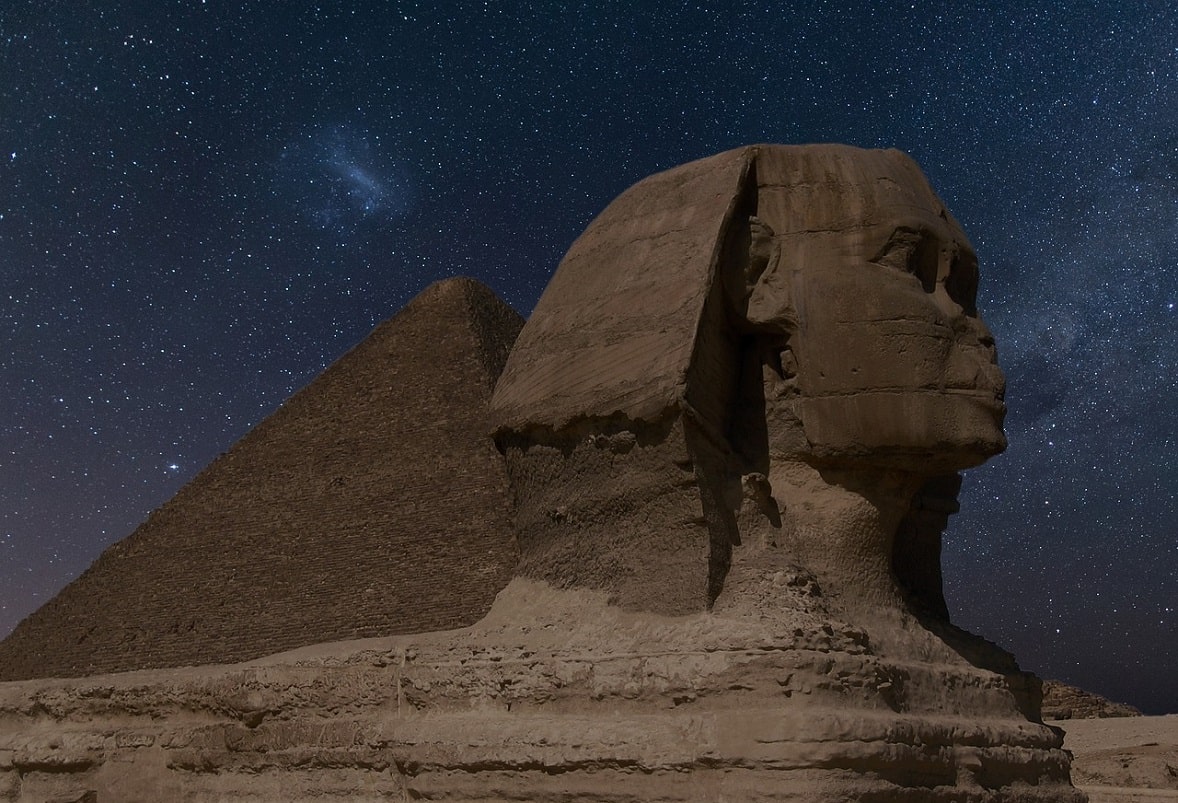Egyptian monuments stand as timeless marvels, testifying to the ancient civilization’s extraordinary architectural and artistic achievements. The Pyramids of Giza, including the Great Pyramid of Khufu and the Sphinx, are iconic symbols that have captivated the world for millennia. Luxor boasts the grand Luxor Temple and the sprawling Karnak Temple Complex, both rich in hieroglyphics and colossal structures. The Valley of the Kings, a burial ground for pharaohs like Tutankhamun, holds a profound mystique. The Abu Simbel Temples, relocated to preserve their grandeur, showcase Ramses II’s colossal statues. The Temple of Hatshepsut near Luxor and the Step Pyramid of Djoser in Saqqara reveal unique architectural innovations. The Colossi of Memnon guard the entrance to Amenhotep III’s temple, while Philae Temple, dedicated to the goddess Isis, exudes an ethereal beauty on an island in the Nile. Each of these monuments contributes to Egypt’s global allure, inviting visitors to delve into the mysteries and splendors of an ancient civilization that continues to captivate the imagination. Explore more Places to Visit Near Me.
List Best 10 of Ancient Egyptian Monuments
- Pyramids of Giza: The Pyramids of Giza are perhaps the most iconic Egyptian monuments. The Great Pyramid of Khufu, the Pyramid of Khafre, and the Pyramid of Menkaure are awe-inspiring structures that have fascinated people for centuries. The Sphinx, a colossal limestone statue with the body of a lion and the head of a pharaoh, is also located nearby.
- Luxor Temple: Situated on the east bank of the Nile River in Luxor, this ancient temple is dedicated to the rejuvenation of kingship and is renowned for its colossal statues, intricate hieroglyphics, and grand architecture.
- Karnak Temple Complex: A vast complex of temples, chapels, and pylons dedicated to various deities, Karnak is one of the largest religious complexes in the world. The Hypostyle Hall, with its massive columns, is a standout feature.
- Valley of the Kings: Located on the west bank of the Nile near Luxor, the Valley of the Kings is a burial ground for pharaohs of the New Kingdom. It is famous for its tombs, including the tomb of Tutankhamun.
- Abu Simbel Temples: Constructed by Ramses II, the Abu Simbel Temples are two massive rock temples in southern Egypt. They are known for their colossal statues and intricate carvings. The temples were relocated in a UNESCO-led operation to save them from being submerged by Lake Nasser.
- Temple of Hatshepsut: This mortuary temple near Luxor is dedicated to Pharaoh Hatshepsut, one of the few female pharaohs of ancient Egypt. The temple is known for its distinctive terraced architecture.
- Saqqara: Home to the Step Pyramid of Djoser, Saqqara is an ancient burial ground and necropolis near Cairo. The Step Pyramid is considered one of the earliest large-scale stone monuments in Egypt.
- Colossi of Memnon: These giant statues of Pharaoh Amenhotep III guard the entrance to his mortuary temple in Luxor. The statues are known for the mysterious sounds they produce at dawn.
- Philae Temple: Located on an island in the Nile, Philae Temple is dedicated to the goddess Isis. It was relocated to Agilkia Island to save it from the rising waters of Lake Nasser.
- The Egyptian Museum (Museum of Egyptian Antiquities): While not a monument, the Egyptian Museum in Cairo houses an extensive collection of artifacts, including the treasures of Tutankhamun.
These monuments represent the ancient Egyptian civilization’s architectural and artistic prowess and continue to attract millions of visitors from around the world.










